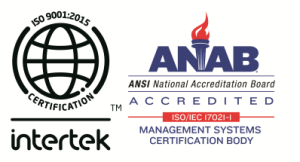Cupronickel (CuNi) is an alloy of copper and nickel. It also contains some strengthening elements, such as manganese and iron. The standard copper and nickel grades in cupronickel are 90-10 (90% copper and 10% nickel) or 70-30 (70% copper and 30% nickel). The main benefits of using cupronickel alloy in the manufacturing of various articles are –
- Resistant to corrosion caused by seawater
- Good thermal conductivity and tensile strength
- Resistance to biological fouling
- Excellent ductility after being annealed
These features make cupronickel an excellent choice for casting services. It is used in electrical, chemical and petrochemical industries alongside being used for manufacturing of –
- Piping
- Condensers or heat exchangers for systems used in seawater
- Marine hardware
- Propellers/propeller-shafts/hulls of boats
- Military equipment
The cupronickel tubing can be quickly fabricated in different fittings or product forms. Cupronickel alloy has become the primary choice of sand casting foundries due to this reason.
The fabrication process can be divided into the following stages –
General Handling
Maintaining cleanliness is essential during fabrication. Contamination may result in porosity and cracks during welding or heat treatment and affect the cupronickel’s corrosion resistance.
Cutting and Machining
Cupronickel alloy is cut using abrasive discs, plasma arcs, shearing, abrasive water jet or LASER beam. Abrasive wheels are used for bevelling.
Forming
Cupronickel alloy can be hot formed and cold-formed. However, cold working is preferable.
The tubes are bent using various methods, such as:
- Rotary draw bending
- 3-roll bending
- Compression bending
- Press bending
Heat Treatment
Copper-nickel alloy requires no preheating or heat treatment after welding.
Welding
- Contaminants (lead, sulphur and phosphorus) are removed from the surface before welding or annealing to prevent embrittlement.
- Furnace atmosphere remains neutral to slightly reducing.
- The area within 10-mm of the welded area demands special attention.
Weld Preparations
- Up to 3 mm thick copper-nickel alloy- square butt weld preparations
- Above 3 mm thick copper-nickel alloy – bevelled preparation
Tack Welding
- Uniform gaps and alignment are maintained between the parts being welded
- TIG process or MIG process is used for tacking since the techniques are controlled and convenient.
A sand casting company can use various welding or joining processes for cupronickel alloy.
Are you looking for a foundry/company to manufacture cupronickel alloy?
At Gamma Foundries, we can manufacture durable and affordable cupronickel products. Contact Us Now



